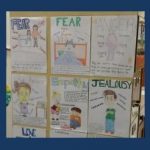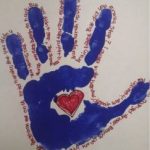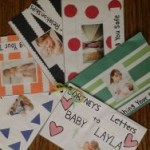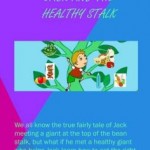
I’ve been trying to update some of my lesson plans and activities to make them more student directed, as well as incorporate technology since we are now a 1:1 school. While I liked the large group decision making activity I did in this post, I wanted to build on the decision making process and use I-messages as a way to reinforce what students learned in previous lessons, but also make it a smaller group activity to encourage more discussion from all students and include technology. So, as a way to introduce teen pregnancy, I came up with a new way to meet all of the criteria mentioned above and the results were amazing! As I circulated the room while students were completing this assignment, I couldn’t believe the levels of discussion I was hearing about each of the options, including the process of actually deciding on the best option and reasons to support it. Students really got into this assignment and told me how much they liked it compared to the original format. So, give it a try and let me know if you get similar results from your students!










